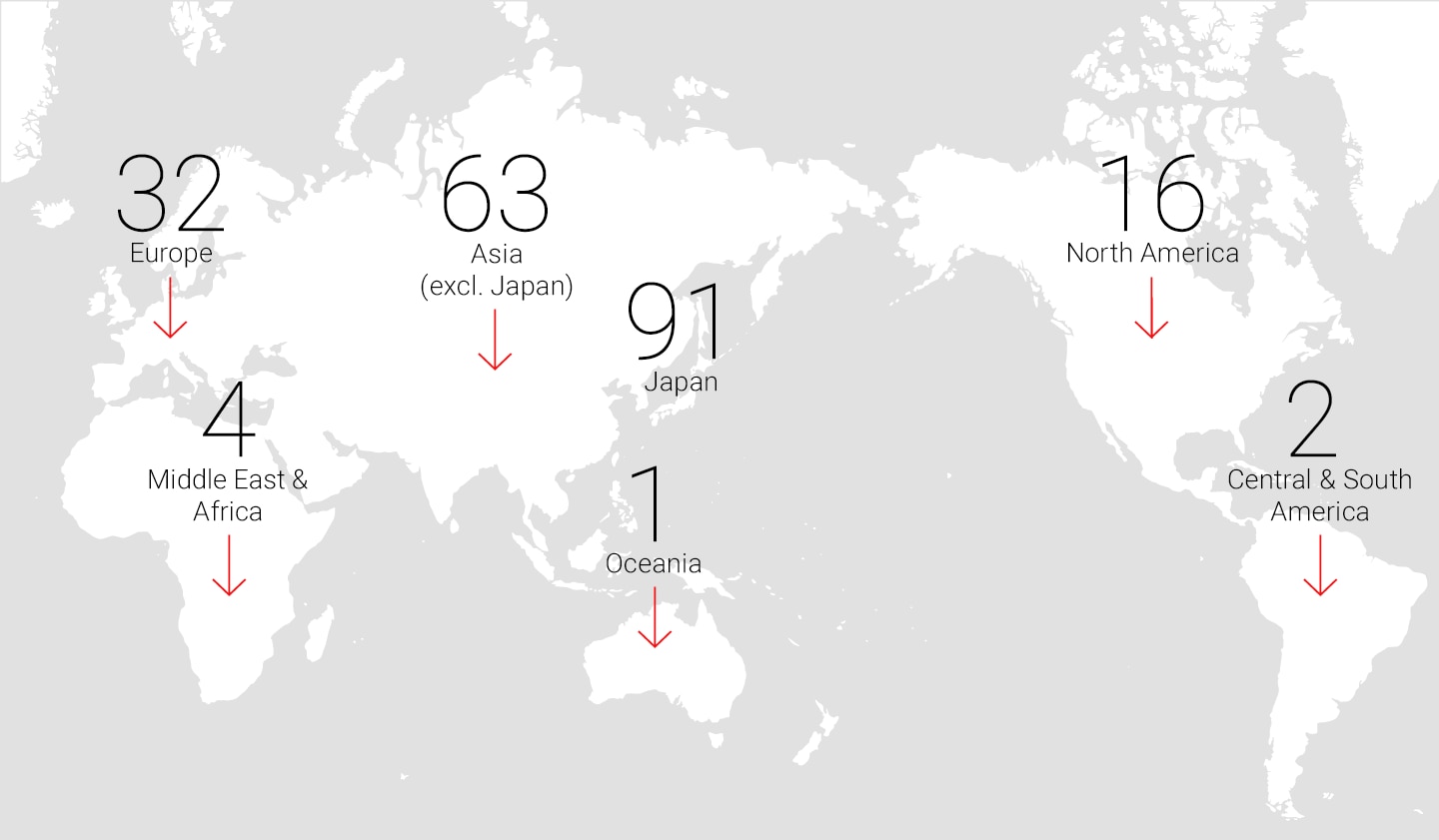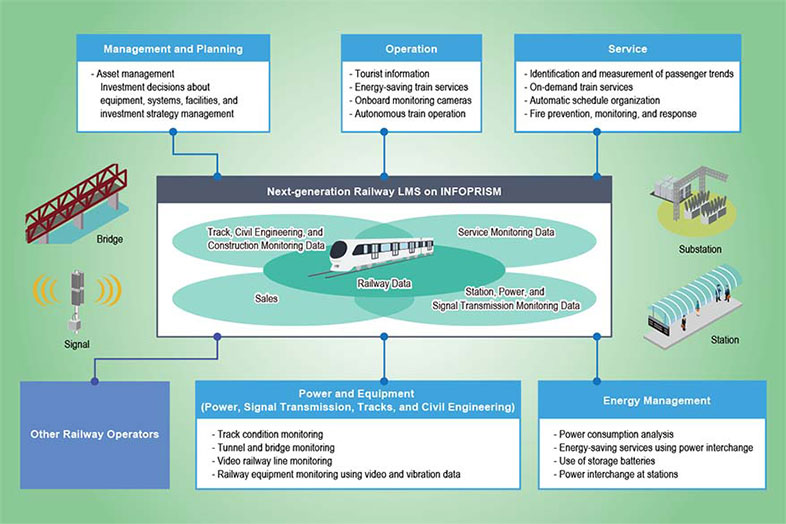About
Locations
Number of consolidated subsidiaries
(As of March 31, 2023)

Number of companies
(As of March 31, 2023)

Purpose
We, the Mitsubishi Electric Group, will contribute to the realization of a vibrant and sustainable society through continuous technological innovation and ceaseless creativity.
Mitsubishi Electric Corporate Strategy
Financial targets to be achieved by fiscal 2026
Revenue
¥5.0 trillion
Operating profit margin
10 %
ROE
10 %
Cash generation*
¥3.4 trillion/5 years
* Adjusted operating cash flow (CF)
Procurement activities
Interested in becoming one of our suppliers? Learn more about our procurement activities and policies.

ADVANCE magazine
Vol.185
Innovative Transport System Solutions toward New Social Issues on Railway Business

Research & development ingenuity that keeps us a step ahead of leading-edge.






